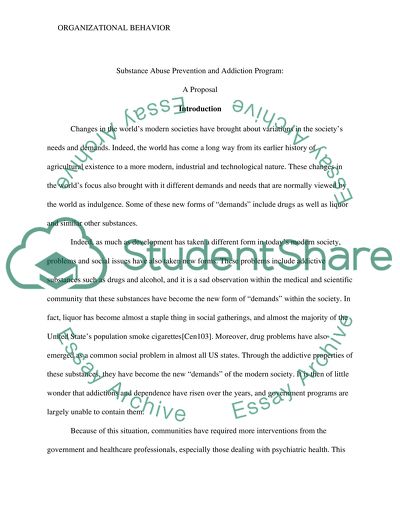Cite this document
(“Prevention and Addiction Program Proposal Essay”, n.d.)
Prevention and Addiction Program Proposal Essay. Retrieved from https://studentshare.org/psychology/1446737-prevention-and-addiction-program-proposal
Prevention and Addiction Program Proposal Essay. Retrieved from https://studentshare.org/psychology/1446737-prevention-and-addiction-program-proposal
(Prevention and Addiction Program Proposal Essay)
Prevention and Addiction Program Proposal Essay. https://studentshare.org/psychology/1446737-prevention-and-addiction-program-proposal.
Prevention and Addiction Program Proposal Essay. https://studentshare.org/psychology/1446737-prevention-and-addiction-program-proposal.
“Prevention and Addiction Program Proposal Essay”, n.d. https://studentshare.org/psychology/1446737-prevention-and-addiction-program-proposal.


